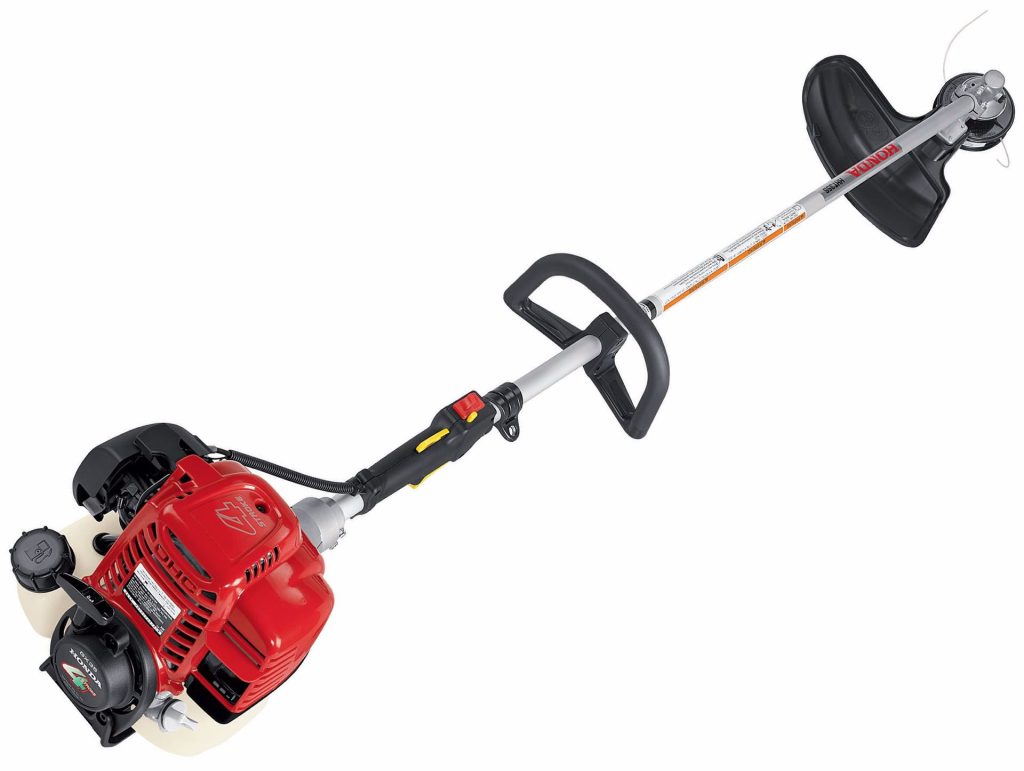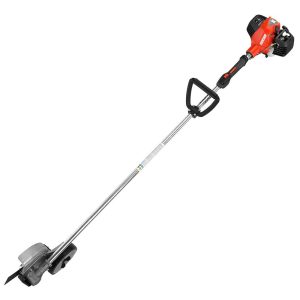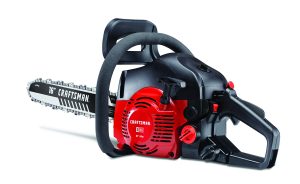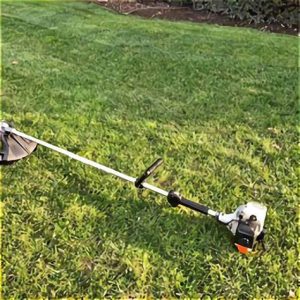Honda String Trimmer Requires Choke to Activate (6 Causes)
You have to use the choke on your string trimmer if you want to keep it going.
Honda string trimmers require the choke to be engaged if air or fuel is being denied to the engine.
This may occur if there is an obstruction in the fuel delivery system, such as a dirty carburetor, a clogged fuel filter, a clogged fuel line, a clogged fuel tank vent, or stale fuel, or if there is too much air in the fuel system, such as from a punctured fuel line or a faulty carburetor gasket.
Before doing any repairs, the spark plug wire must be disconnected. Take precautions and observe all safety guidelines stated in the Honda owner’s manual.
 Before diagnosing, repairing, or operating, be sure you’ve read and understood all of the safety recommendations in the equipment’s operator’s manual.If you are unsure about how to proceed or if you lack the necessary expertise or experience, you should seek the assistance of a professional.
Before diagnosing, repairing, or operating, be sure you’ve read and understood all of the safety recommendations in the equipment’s operator’s manual.If you are unsure about how to proceed or if you lack the necessary expertise or experience, you should seek the assistance of a professional.
Table of Contents
Honda String Trimmer Only Starts When the Choke Is Engaged for These 6 Reasons
Honda String Trimmer with Old Gas
Only buy gasoline that will be used within 30 days. This is because deterioration of the gas can reduce its energy content, making the engine work less efficiently.
You may need to use the choke to adjust the fuel-to-air ratio for combustion in order to keep the mower operating.
Ethanol-containing gas is more likely to cause corrosion in the fuel system. The ethanol and water mixture is lost along with the gas during breakdown. The varnish it leaves behind can hinder fuel flow or perhaps lead to a failure of an integral part.
Small engines are not suited for use with ethanol. Avoid using ethanol-rich gasoline at all costs. Do not use E15 or E85 fuels because they may contain up to 15% and 30% ethanol, respectively.
Unleaded gas with no more than 10% ethanol must be used in a Honda string trimmer, and the minimum octane number is 87.
- Honda’s 4-cycle string trimmers exclusively use gas (not oil) as fuel.
AVOID: using stale gas in your string trimmer. Add a stabilizer, a fuel system cleaner, and a moisture remover to a container of fresh fuel, such as Sea Foam or STA-BIL, and mix thoroughly.
Fill the gas tank with the blended fuel. Turn on your Honda trimmer and let it run for around 5 minutes, during which time the treated fuel will circulate through the engine.
If the trimmer continues to sputter even after you remove the choke, read on for several potential causes.
Honda String Trimmer Fuel Line Problems
If the fuel line becomes clogged, the flow of fuel to the engine will be limited.
Too much air may be sucked into the fuel system if the fuel line were to become punctured.
Clogs and punctures are two possible reasons why your Honda won’t start unless you apply the choke.
Removing and replacing a damaged or clogged fuel line is the solution.
Honda String Trimmer with Clogged Fuel Filter
A clogged Honda fuel filter is another source of fuel flow restriction. Filtering the fuel before it enters the engine helps keep the fuel system and engine clean.
Filters can become clogged, preventing enough fuel from passing through them, if they aren’t replaced frequently or if excessively unclean fuel is used. Changing your fuel filter once a year is a great preventative measure.
REMEDY: Swap out the gasoline filter if it becomes clogged. The gasoline tank is where you’ll find the filter. Before removing the gasoline tank cap, give the area a quick wipe down to prevent dirt from entering the tank. Take the tank’s filter out.
To remove the filter from the tank, hook the fuel linen with a clean, bent wire. It’s time to change the fuel filter, so take it out of the tank and replace it with a brand new one. Put the gas cap back on.
Honda String Trimmer with Leaking Carburetor Gasket
The gasket protecting the area behind the carburetor is susceptible to wear and breakdown. When this happens, the seal breaks and air gets in, making the engine perform poorly due to a lack of fuel.
This occurs when the ratio of air to fuel in the combustion chamber is too high.
Remove the linkages and nuts holding the carburetor in place to gain access to it. The gasket and carburetor must be taken off.
Replace the gasket and reconnect the carburetor using the original bolt and linkages. While you have the Honda trimmer apart, you can clean the carburetor if necessary.
Honda String Trimmer with a Filthy Carburetor
The string trimmer’s carburetor controls the quantity of fuel introduced into the air/fuel mixture during ignition.
The carburetor’s ability to deliver gasoline to the engine can be impaired by the accumulation of varnish and deposits.
Clean your carburetor yourself if you’re at all mechanically inclined. To remove deposits from old fuel, disassemble the carburetor and clean it with a carburetor cleaner.
If the carburetor still doesn’t work after being cleaned, you’ll either need to find a rebuild kit or buy a new one.
Honda String Trimmer with Blocked Fuel Tank Vent
A vent in the fuel tank allows outside air to enter, balancing the internal pressure with that of the surrounding atmosphere. If there is no way for fuel to escape the tank, the engine will have to make do with less.
Because of this, you might need to keep the choke engaged when using the trimmer. If your Honda trimmer works for a time, but then loses power or shuts off, it could be because of a clog in the fuel tank vent.
Set the string trimmer down on a flat surface. Don’t let the gas leak out, but loosen the cap. Get the trimmer going. Choke should be turned all the way off.
If the trimmer functions properly with the choke off, you can leave it that way and tighten the cap. In the event of its demise, the gasoline tank vent may need to be replaced.
The gasoline tank vents out of a portion attached to the end of a line coming out of the fuel tank or is integrated into the fuel cap, depending on the model of Honda string trimmer you own.







